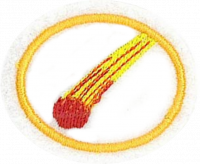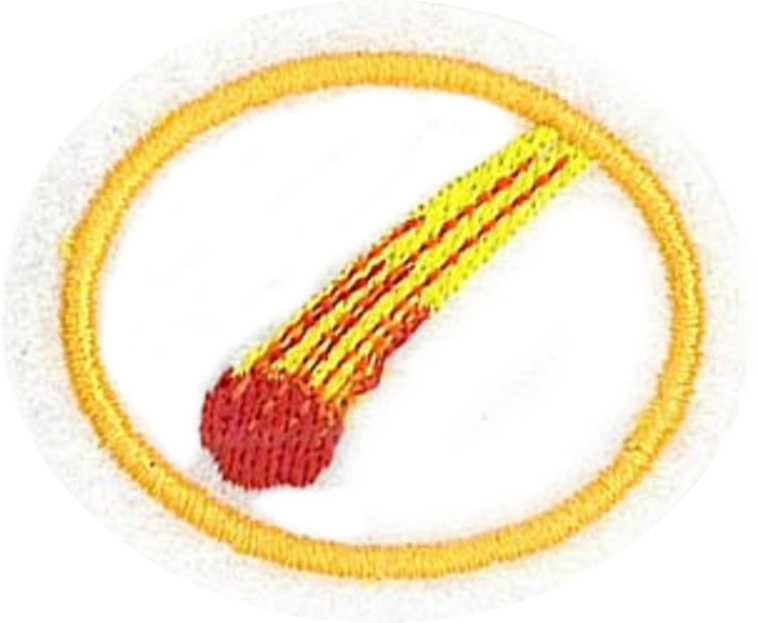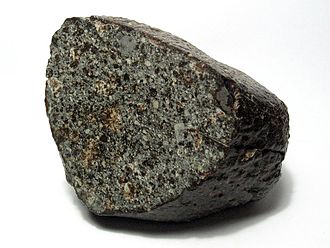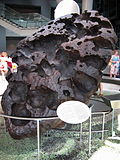Difference between revisions of "AY Honors/Meteorites/Answer Key 2/es"
(Created page with "Los grandes meteoroides pueden golpear con el suelo con una velocidad significativa, dejando atrás un cráter de impacto de hipervelocidad. El tamaño del cráter dependerá...") |
(Created page with "<noinclude>") |
||
| Line 41: | Line 41: | ||
{{CloseReq}} <!-- 5 --> | {{CloseReq}} <!-- 5 --> | ||
{{ansreq|page={{#titleparts:{{PAGENAME}}|2|1}}|num=6}} | {{ansreq|page={{#titleparts:{{PAGENAME}}|2|1}}|num=6}} | ||
| − | <noinclude> | + | <noinclude></noinclude> |
| − | </noinclude> | + | <!-- 6. Identificar de imágenes, dibujos o fotografías las siguientes clases de meteoritos. Describir la forma, tamaño, composición y método de formación de cada clase de meteorito. --> |
| − | <!-- 6. | ||
| − | |||
| − | + | <noinclude></noinclude> | |
| − | <noinclude | ||
| − | |||
{{ansreq|page={{#titleparts:{{PAGENAME}}|2|1}}|num=6a}} <!--T:9--> | {{ansreq|page={{#titleparts:{{PAGENAME}}|2|1}}|num=6a}} <!--T:9--> | ||
| − | <noinclude> | + | <noinclude>[[File:NWA869Meteorite.jpg|thumb|300px|Condrita]] |
| − | |||
| − | [[File:NWA869Meteorite.jpg|thumb|300px| | ||
| − | |||
| − | |||
<div lang="en" dir="ltr" class="mw-content-ltr"> | <div lang="en" dir="ltr" class="mw-content-ltr"> | ||
Revision as of 04:42, 18 April 2021
Nivel de destreza
2
Año
2014
Version
29.12.2025
Autoridad de aprobación
División Norteamericana
Para consejos e instrucciones, véase Mineralogía.
Un meteorito es un pedazo sólido de escombros de asteroides o cometas que se originan en el espacio exterior que sobrevive el impacto con la atmósfera y la superficie de la Tierra. El tamaño de un meteorito puede variar desde una pequeña piedra hasta extremadamente grande. Cuando un meteoroide entra en la atmósfera, las interacciones friccionales, de presión y químicas con los gases atmosféricos hacen que el cuerpo se caliente y emite luz, formando así una bola de fuego, también conocida como un meteorito o una estrella fugaz.
Los meteoritos que se recuperan después de ser observados mientras transitaron la atmósfera o impactaron la Tierra se llaman caídas. Todos los demás meteoritos se conocen como hallazgos.
Los meteoritos suelen ser nombrados por el que lo encontró de los lugares en que se encontraron, usualmente un pueblo cercano o una característica geográfica. En los casos en que se encontraron muchos meteoritos en un lugar, el nombre puede ser seguido por un número o una letra.
Un cráter de hipervelocidad es una depresión aproximadamente circular en la superficie de un planeta, satélite natural u otro cuerpo sólido en el sistema solar, formado por el impacto de alta velocidad de un cuerpo más pequeño con la superficie.
Los grandes meteoroides pueden golpear con el suelo con una velocidad significativa, dejando atrás un cráter de impacto de hipervelocidad. El tamaño del cráter dependerá de la composición, el grado de fragmentación y el ángulo entrante del impacto del meteorito. La fuerza de tales colisiones tiene el potencial de causar una destrucción generalizada. Los eventos más frecuentes de cráteres de hipervelocidad en la Tierra son causados por meteoroides de hierro, los cuales son más fácilmente capaces de atravesar intacto la atmósfera. Unos ejemplos de cráteres causados por meteoroides de hierro incluyen el cráter Barringer, el cráter Odessa, los cráteres Wabar y el cráter Wolfe Creek.
Most meteorites are stony meteorites, classed as chondrites and achondrites. About 87% of the meteorites that fall on Earth are chondrites, which are named for the small, round particles they contain. These particles, or chondrules, are composed mostly of silicate minerals that appear to have been melted while they were free-floating objects in space.
Stony Chondrite meteorites are thought to originate in the asteroid belt, whereas Stony Achondrite meteorites are thought to be the result of material released from collisions of the outer crust of asteroids (or other planets and planetoids).
Stony-Iron meteorites likely come from the boundary area between crust and core.
About 5% of meteorites that fall are iron meteorites with intergrowths of iron-nickel alloys, such as kamacite and taenite.
Iron meteorites are generally thought to come from the core of asteroids and planetoids.
And the stars in the sky fell to earth, as late figs drop from a fig tree by a strong wind.
And a great star, blazing like a torch, fell from the sky.
From the sky huge hailstones of about a hundred pounds each fell upon men.
And something like a huge mountain, all ablaze, was thrown into the sea.
5. The fifth angel sounded his trumpet, and I saw a star that had fallen from the sky to the earth.
The stars will fall from the sky, and the heavenly bodies will be shaken.
The Lord hurled large hailstones down on them from the sky.
His tail swept a third of the stars out of the sky and flung them to earth.
Then a mighty angel picked up a boulder the size of a large millstone and threw it into the sea.
The stars will fall from the sky, and the heavenly bodies will be shaken.
While you were watching, a rock was cut out, but not by human hands. It struck the statue on its feet of iron and clay and smashed them.
Then the LORD rained upon Sodom and upon Gomorrah brimstone and fire from the LORD out of heaven.
| Tip for earning from home during the pandemic | |
| Requirement 9b can be met by taking advantage of video conferencing. Requirements 9c and 9d are options for stay at home! Requirement 9a is probably not doable even with a museum offering virtual visits, as it is very specific to a specialized portion of their collection (if you find otherwise, please provide a link on the Discussion page, or edit this note yourself). |








